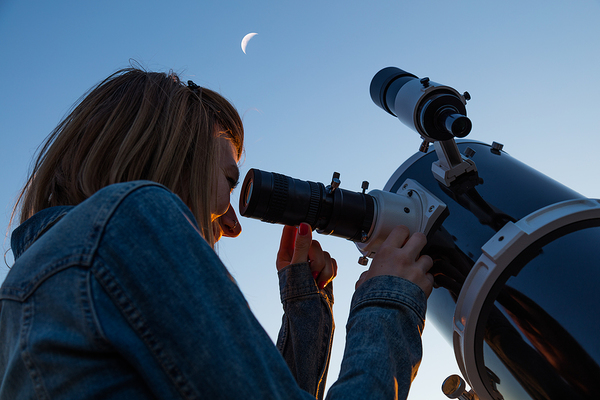Innovation and NASA are synonymous. The agency is famous for quite literally fitting a square peg in a round hole to rescue the Apollo 13 astronauts. Yet, most of its innovation is on a much smaller level, if no less dramatic in its overall impact. That’s why it won Best Innovation on Ideascale’s 2020 Innovation Management Awards. And the process of how that innovation came to be shows how NASA guides its team to solve challenges through innovation management.
Step 1: Define The Problem
As we layout in more detail in our case study on NASA’s programs, NASA uses a LASSO technique. Each challenge must:
- Have a Limited Scope;
- Be Actionable;
- Be Specific;
- Be Supported by the community;
- And be Owned by the creator.
In this particular case, astronauts must regularly collect and analyze urine samples. This is both to monitor their overall health of their crew and to provide data for physiological research. The previous method had two key problems NASA wanted to resolve.
First, it created trash. Trash is a particular problem in space. It needs to be contained, taking up valuable space, and is dead weight that drags on crew resources. Second, it took time, and the results were not immediate. The crews had to spend valuable resources in orbit performing tests, and if there were medical concerns, they couldn’t be acted on right away. It was planned that addressing this would take $1.3 million across four years.

Step 2: Offer Specific, Detailed Requests
NASA has over 20,000 employees, between civil servants and contractors. They all have access to its open innovation program, NASA@Work, which is run by the Center for Collaborative Excellence and Innovation (CoECI). One of the advantages of the limited scope step is that it creates a specific “checklist” that the community can look over and compare with its own work. It also moves quickly, as we show in our case study. NASA can have a potential solution to develop in as little as six weeks.
The platform gets the scale of the challenge and the expectations into the whole community. In this particular case, NASA was simply looking for a good starting point,. They were asking for relevant research and insight on what public and private companies may be working on similar problems. Instead, they got a complete solution.
Step 3: Act Fast On Potential Opportunities
Someone in a separate department, sitting only about 300 yards away from the challenge team, had developed a microgravity capillary graduated cylinder that fit the needs for another application. The department happened to see the challenge and noted they were prototyping the cylinder and offered it to the committee.
Since it was based on past research and had already gone through NASA’s rigorous approval process, the challenge owners quickly accepted the prototype. Ultimately this saved NASA $1 million and four years of study. Not to mention sparing the crew a tedious chore and offering the entire organization better data to work from.
To learn from NASA’s innovation management approach, download our case study.
Most Recent Posts
Explore the latest innovation insights and trends with our recent blog posts.













